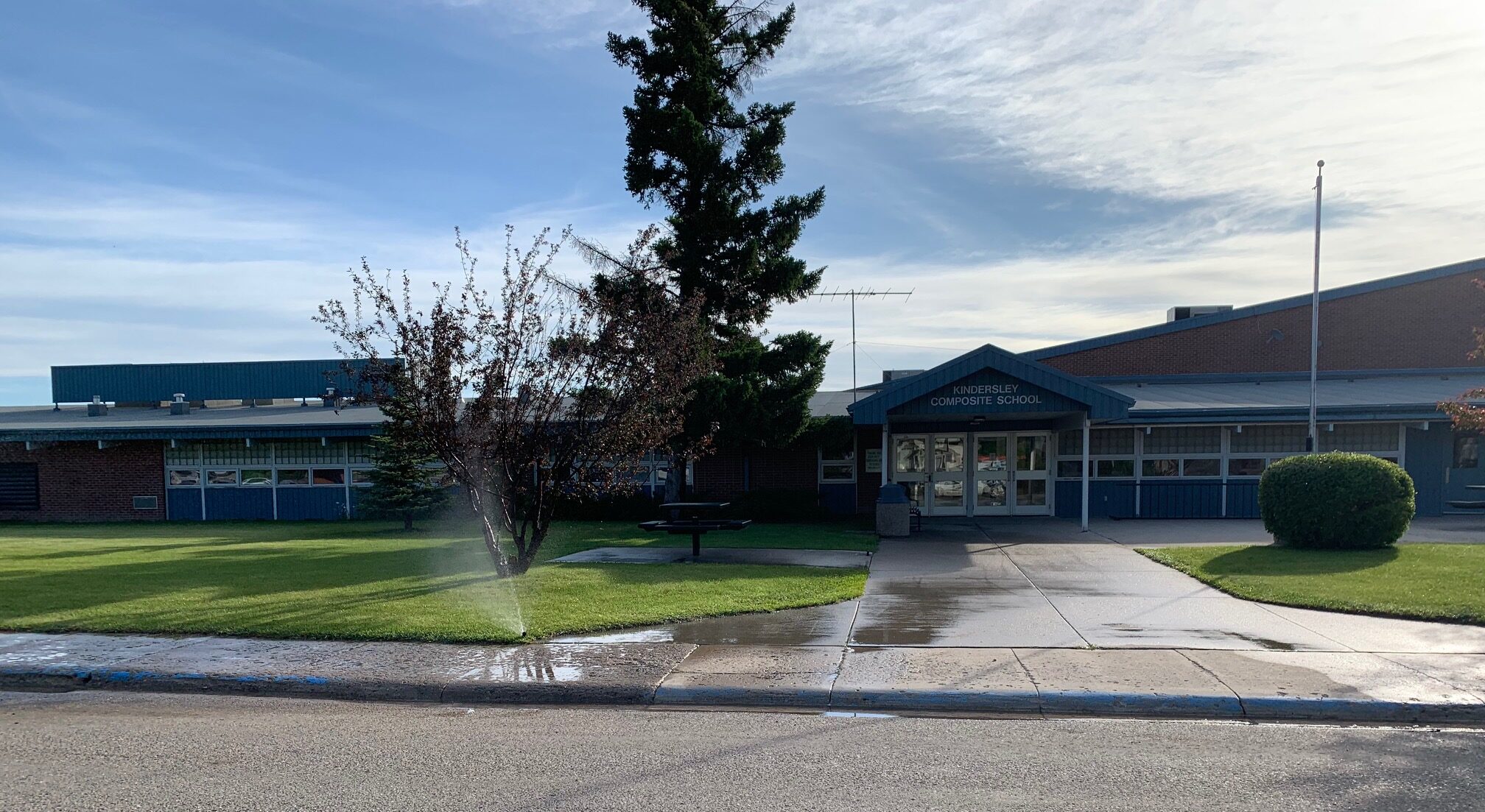
Source: Eric Stober Global News, July 12, 2022
The outage began early Friday morning and lasted nearly 15 hours.
Canada’s telecom regulator will review the Rogers Communications outage that left customers and businesses without cellphone or internet service for hours on Friday.
Technology and Industry Minister Francois-Philippe Champagne said Monday that the Canadian Radio-television and Telecommunications Commission (CRTC) will be holding an inquiry into the outage to find its root cause and how Canada’s telecom networks’ resilience can be improved.


































